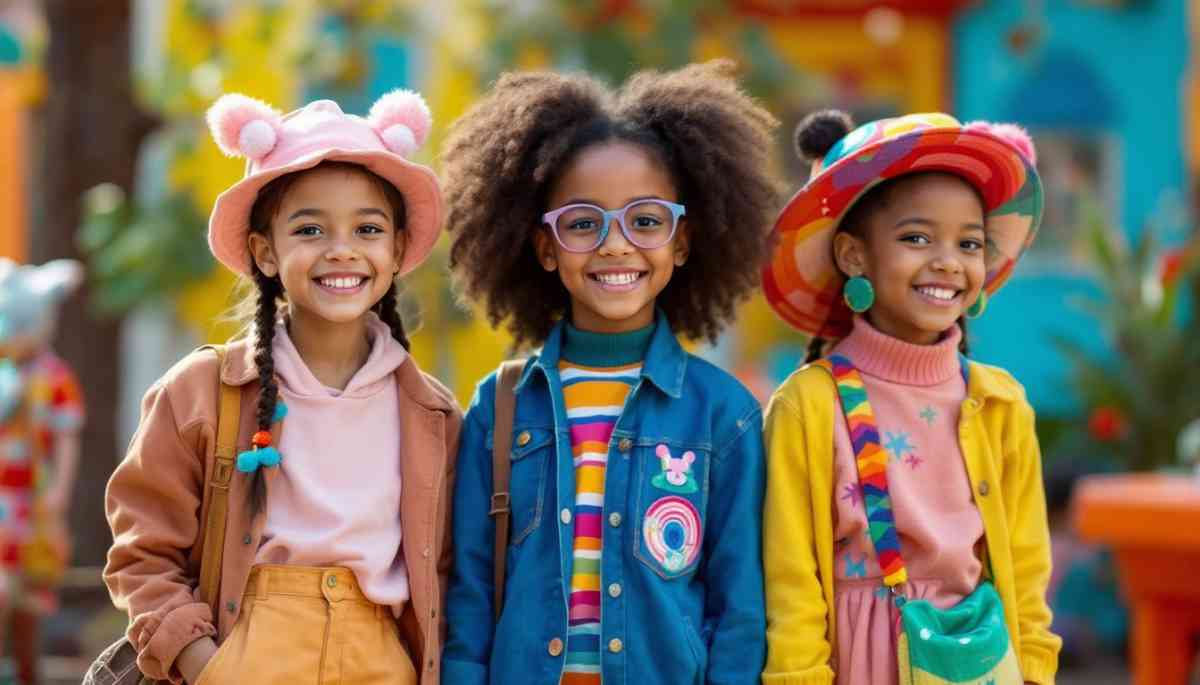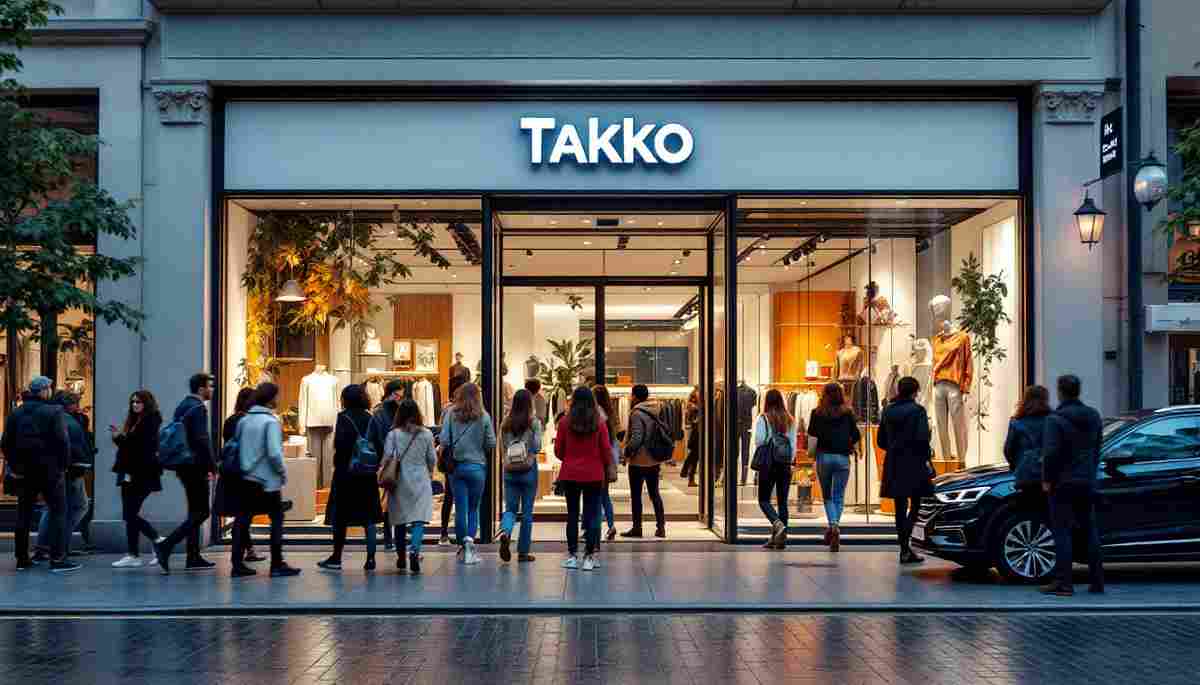The 1920s marked a dramatic transformation in men’s fashion, reflecting the cultural shifts of the Roaring Twenties. This era was defined by its breaking away from the restrictive styles of the past and embracing a more liberated approach. In this article, we will explore key trends, iconic fabrics, the influence of Hollywood, and how to incorporate this timeless style into modern wardrobes.
The Rise of the Modern Man: Key Trends of the 1920s
The 1920s witnessed the rise of the modern man, characterized by a dramatic shift in societal norms and lifestyle. Men began to adopt a more carefree attitude, mirrored in their clothing choices. The end of World War I brought an increased sense of freedom, prompting men to express individuality through fashion.
Sporty styles gained popularity, with casual wear becoming acceptable for a variety of social situations. The leisure suit, comprised of lighter fabrics and casual fits, became fashionable, allowing men to blend comfort with style. This decade marked the birth of the well-groomed man, with an emphasis on tailored fits and polished appearances.
Furthermore, the influence of jazz culture played a significant role in shaping the modern man’s identity. As jazz music surged in popularity, it brought with it a vibrant nightlife that encouraged men to embrace a more flamboyant lifestyle. Speakeasies became the social hubs of the era, where men donned sharp suits and fedoras, embodying the spirit of rebellion against traditional norms. This newfound appreciation for music and dance also fostered a sense of camaraderie among men, as they gathered to enjoy the rhythms of the time, further solidifying their modern identity.
In addition to fashion and music, the 1920s also saw advancements in grooming and personal care. The rise of advertising and consumer culture introduced a plethora of grooming products specifically designed for men, from pomades to aftershaves. Barbershops became not just places for haircuts but social spaces where men could gather, share stories, and discuss the latest trends. This attention to personal grooming reflected a broader societal shift towards self-care and the importance of presentation, reinforcing the idea that the modern man was not only stylish but also conscious of his appearance and health.
Iconic Fabrics and Patterns: What Defined 1920s Men’s Wear
Fabrics and patterns were crucial in defining men’s wear during the 1920s. Wool, silk, and linen were prevalent, offering both comfort and style. Houndstooth, pinstripes, and checks featured prominently, allowing men to make bold fashion statements.
The introduction of lighter fabrics also led to lighter colors in men’s clothing. Pastel shades and subtle prints replaced the darker hues that were common in previous decades. This evolution not only enhanced the aesthetic appeal of men’s fashion but also reflected the vibrant energy of the era.
Moreover, the 1920s marked a significant shift in social norms, which was mirrored in the clothing choices of the time. The rise of jazz culture and the flapper movement encouraged men to embrace a more relaxed yet sophisticated style. Suits became less constrictive, with looser cuts and unstructured designs that allowed for greater freedom of movement, aligning perfectly with the lively spirit of dance halls and speakeasies. Accessories also played a pivotal role, with men donning wide-brimmed hats, pocket squares, and distinctive ties that showcased their individuality and flair.
Additionally, the influence of Hollywood and the burgeoning film industry cannot be overlooked. Movie stars set trends that were quickly adopted by the masses, with tailored suits and dapper ensembles becoming synonymous with glamour and success. Fabrics like mohair and tweed gained popularity, often adorned with intricate patterns that reflected the sophistication of the silver screen. As men sought to emulate their favorite leading men, the fashion of the 1920s became a canvas for self-expression, allowing them to project confidence and style in a rapidly changing world.
The Influence of Hollywood: How Film Stars Shaped Men’s Fashion
The film industry played a transformative role in shaping men’s fashion throughout the 1920s. Hollywood stars became style icons, setting trends that were eagerly followed by the public. Actors like Clark Gable and Douglas Fairbanks epitomized the sophisticated yet relaxed look that many men aspired to adopt.
As films showcased dapper suits and charismatic personalities, many men sought to emulate these styles. The allure of the silver screen brought attention to tailored suits, fashionable hats, and elegant footwear, all of which became essential elements of men’s wardrobes.
Moreover, the influence of Hollywood extended beyond mere clothing; it also impacted grooming habits and overall presentation. Men began to pay more attention to their hairstyles, often mimicking the slicked-back looks of stars like Gable, who popularized the idea that a well-groomed appearance was just as important as the clothes one wore. This shift in grooming standards led to the rise of barbershops that catered specifically to men’s styling needs, offering services that included haircuts, shaves, and even skincare advice, thus enhancing the overall aesthetic that men sought to achieve.
Additionally, the advent of fashion magazines and promotional materials linked to film releases further fueled this trend. Publications began to feature articles and spreads dedicated to the latest styles worn by leading men in cinema, creating a direct line of influence from the silver screen to the everyday man. Advertisements for clothing brands often showcased these stars, making it clear that to dress like a gentleman, one needed to look to Hollywood for inspiration. This symbiotic relationship between film and fashion not only shaped individual styles but also contributed to a broader cultural narrative that celebrated masculinity through elegance and sophistication.
Accessories that Made a Statement: Hats, Ties, and More
Accessories were key in completing the quintessential 1920s look. Hats, particularly fedoras and flat caps, were indispensable for every stylish man. Fedoras added an air of sophistication while flat caps brought a casual touch.
Ties also evolved during this period, with patterned and knitted ties becoming increasingly popular. Cufflinks, tie pins, and pocket squares further enhanced the polished appearance that men sought. These accessories not only reflected personal style but also served as a status symbol, accentuating the importance of fashion in social settings.
The Evolution of Suits: From Formal to Casual in the Roaring Twenties
Suits were at the heart of men’s fashion in the 1920s, evolving from traditional styles to more relaxed fits. The three-piece suit, featuring a jacket, trousers, and waistcoat, became a staple for formal occasions, while lighter fabrics allowed for versatility in casual settings.
Men began to experiment with bolder colors and patterns in their suits, breaking away from the conventional black and navy. The introduction of the lounge suit brought a casual elegance, making it suitable for both business and leisure activities, signaling a significant shift in fashion sensibilities.
Footwear Fads: The Shoes that Defined the Decade
Footwear in the 1920s also saw remarkable innovation. Oxfords became a dominant style among men, offering both comfort and class. These shoes were perfect for the dynamic lifestyle that many adopted, complementing a range of outfits from suits to casual wear.
Other popular styles included brogues and two-tone shoes, which were characterized by contrasting colors. Footwear during this period not only served a practical purpose but also became a key fashion statement, further showcasing the modern man’s flair for sophistication.
The Role of Social Movements in Shaping Men’s Style
Social movements in the 1920s, such as the suffrage movement and the rise of the working class, significantly influenced men’s fashion. As society transformed, so did the expectations of how men should present themselves.
The emergence of jazz culture and the associated nightlife brought about a new wave of fashion that reflected freedom and expression. Men adopted bolder styles and embraced a sense of rebellion against the constraints of previous generations, allowing their fashion choices to reflect their values and attitudes.
Fashion Icons of the 1920s: Men Who Changed the Game
The 1920s produced several fashion icons who impacted men’s style profoundly. Figures like F. Scott Fitzgerald and Ernest Hemingway not only influenced literature but also set fashion trends that resonated with the public.
This era’s sports figures, such as Bobby Jones in golf and Jack Dempsey in boxing, also made significant contributions to men’s fashion, promoting a casual yet stylish athletic look that became widely sought after.
The Impact of Economic Changes on Men’s Fashion Choices
The economic prosperity of the 1920s, often referred to as the “Roaring Twenties,” played a critical role in shaping men’s fashion. As disposable income increased, men began to invest more in their appearance, leading to an expansion in available styles and brands.
Conversely, the onset of the Great Depression towards the end of the decade prompted a shift back to more practical and durable clothing. This economic fluctuation had enduring effects on fashion, reminding men of the need for versatility and sustainability in their wardrobes.
How to Incorporate 1920s Style into Modern Wardrobes
Incorporating elements of 1920s fashion into modern wardrobes can be a fun and stylish endeavor. Start with tailored pieces that emulate the fit and structure of the era. Look for suits with subtle prints, well-fitted blazers, and trousers with a high waist.
- Accessorize with vintage-inspired hats, such as fedoras or newsboy caps.
- Opt for knitted ties or patterned bow ties to add personality.
- Invest in classic footwear, such as Oxfords, that strike a balance between elegance and tradition.
By blending these iconic elements with contemporary styles, it is possible to create a unique and fashionable look that pays homage to the influential decade of the 1920s.










